Exploring the Link Between Creativity and Mental Health
There has long been a fascination with the connection between creativity and mental health. Many famous artists, writers, and musicians have been known to struggle with mental health issues, leading to the belief that there is a strong link between the two. In recent years, researchers have delved deeper into this topic, seeking to understand the relationship between creativity and mental health. This article will explore the evidence and provide valuable insights into this intriguing connection.
The Creative Mind: A Breeding Ground for Mental Health Issues?
It is widely acknowledged that creative individuals often possess unique perspectives and a heightened sensitivity to the world around them. This heightened sensitivity can make them more susceptible to mental health issues such as depression, anxiety, and bipolar disorder. A study conducted by the Karolinska Institute in Sweden found that individuals in creative professions, such as writers and artists, were more likely to be diagnosed with mental illnesses compared to those in non-creative professions.
One possible explanation for this link is the concept of the “tortured artist.” Many creative individuals use their art as a form of self-expression and catharsis, channeling their emotions into their work. This can be both a blessing and a curse, as it allows them to explore their innermost thoughts and feelings but also exposes them to the depths of their own emotions.
The Role of Neurotransmitters
Neurotransmitters, such as dopamine and serotonin, play a crucial role in both creativity and mental health. Dopamine, often referred to as the “reward neurotransmitter,” is associated with pleasure and motivation. It has been found to be higher in individuals with creative tendencies. However, an imbalance in dopamine levels can also contribute to mental health disorders such as schizophrenia.
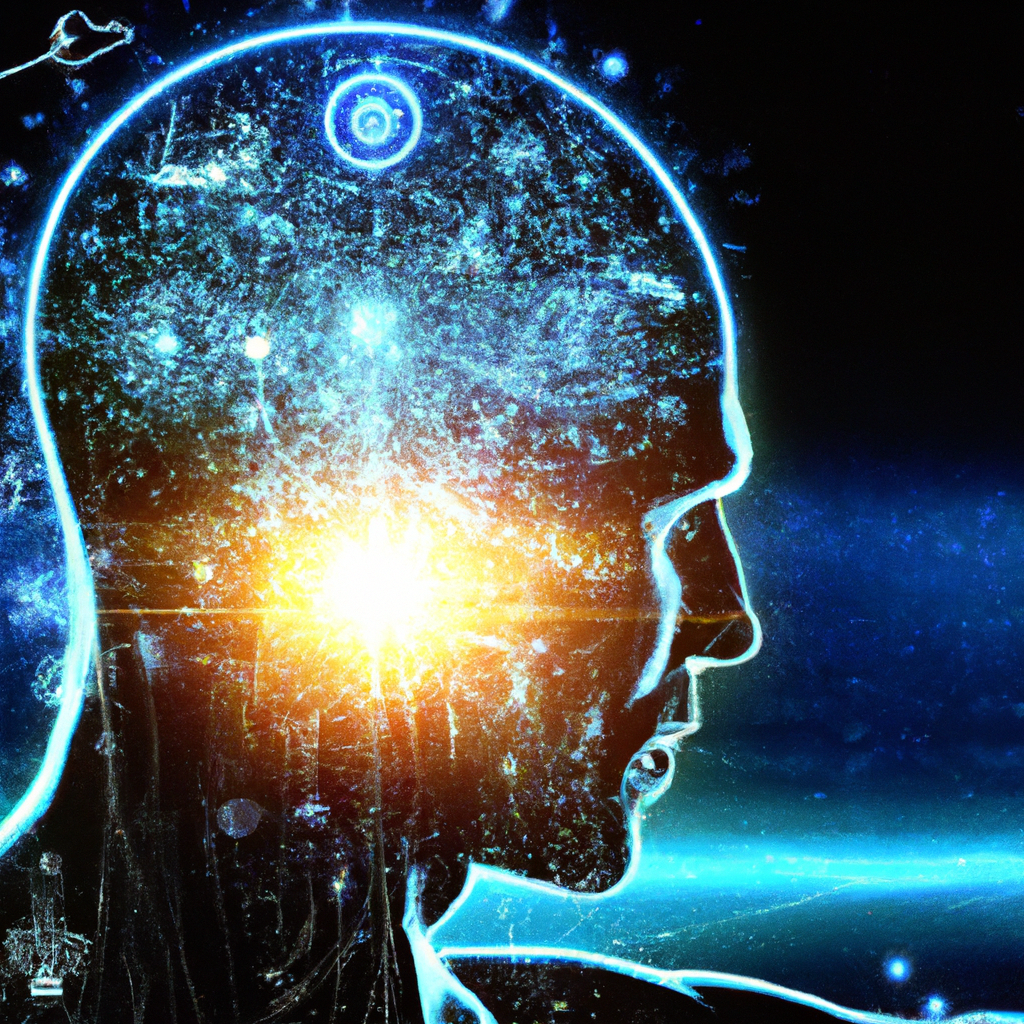
Serotonin, on the other hand, is known as the “feel-good neurotransmitter” and is associated with mood regulation. Low levels of serotonin have been linked to depression and anxiety, which are common mental health issues among creative individuals. This suggests that there may be a delicate balance between neurotransmitter levels that influences both creativity and mental health.
Case Studies and Examples
Several case studies and examples further support the link between creativity and mental health. Vincent van Gogh, one of the most celebrated artists in history, famously struggled with mental health issues throughout his life. His paintings, such as “The Starry Night,” are often seen as reflections of his inner turmoil.
Another example is the renowned writer Virginia Woolf, who battled with depression and ultimately took her own life. Her works, such as “Mrs. Dalloway” and “To the Lighthouse,” are known for their introspective and psychologically complex themes.
The Benefits of Creativity on Mental Health
While there is a clear link between creativity and mental health issues, it is important to note that creativity can also have positive effects on mental well-being. Engaging in creative activities, such as painting, writing, or playing a musical instrument, can serve as a form of therapy and provide an outlet for emotions.
Studies have shown that participating in creative activities can reduce stress, improve mood, and increase self-esteem. The process of creating something can be empowering and provide a sense of accomplishment, which can be particularly beneficial for individuals struggling with mental health issues.
The link between creativity and mental health is a complex and multifaceted topic. While creative individuals may be more prone to mental health issues, their unique perspectives and ability to channel their emotions into their work can also be a source of strength. Understanding and acknowledging this connection is crucial in providing support and resources for individuals in the creative field. By nurturing creativity and promoting mental well-being, we can create a society that values and celebrates the unique contributions of creative individuals.














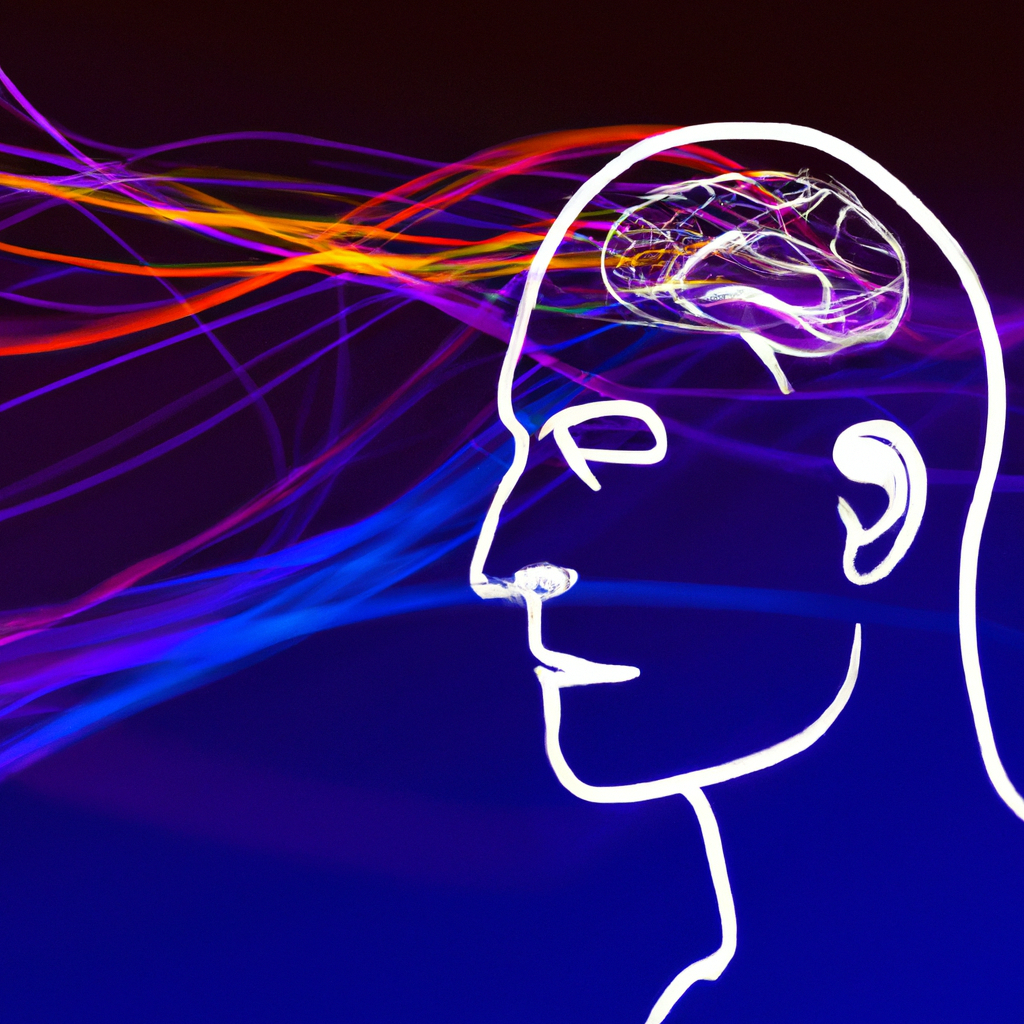

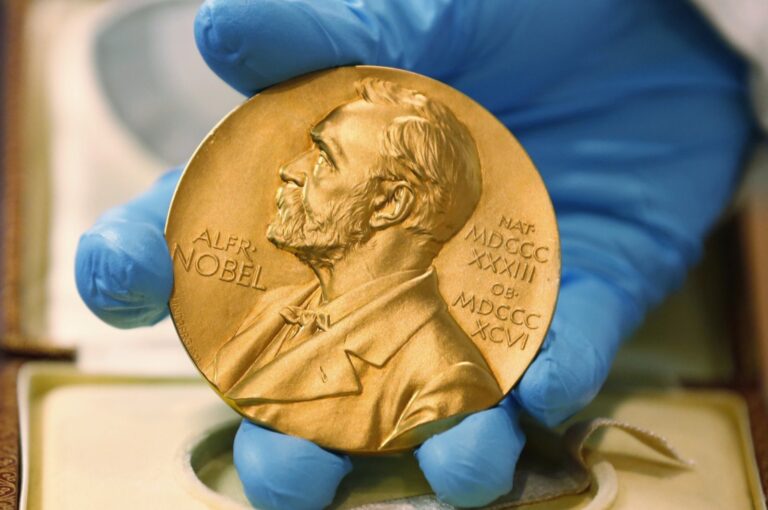
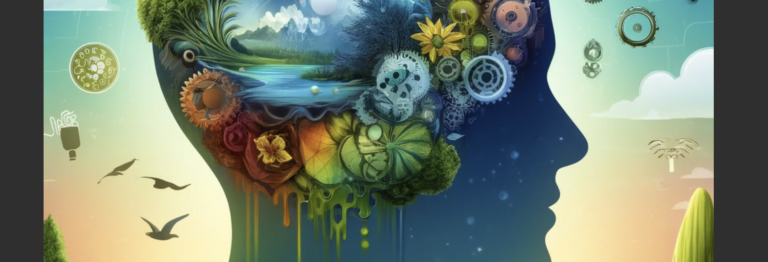
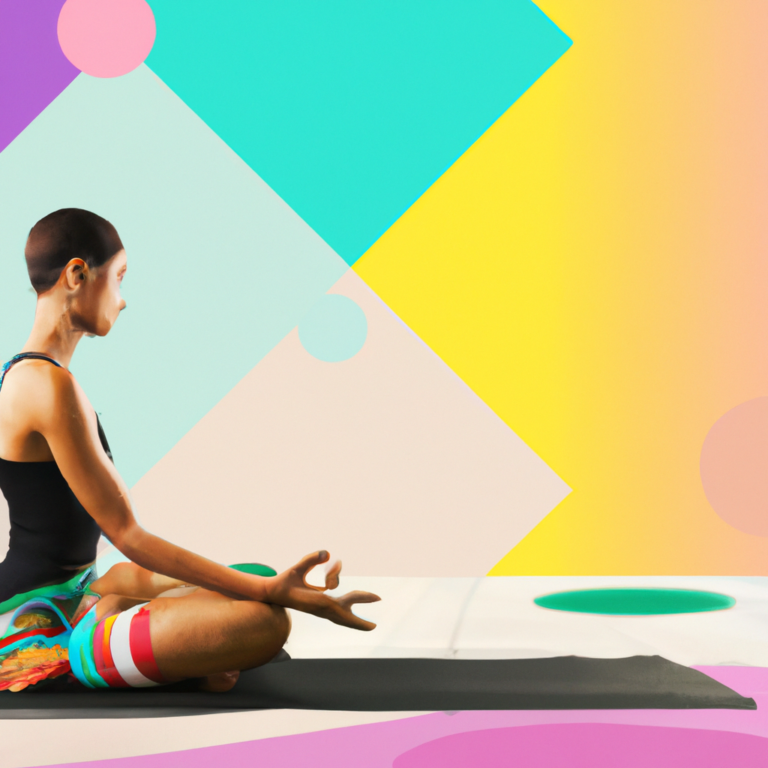
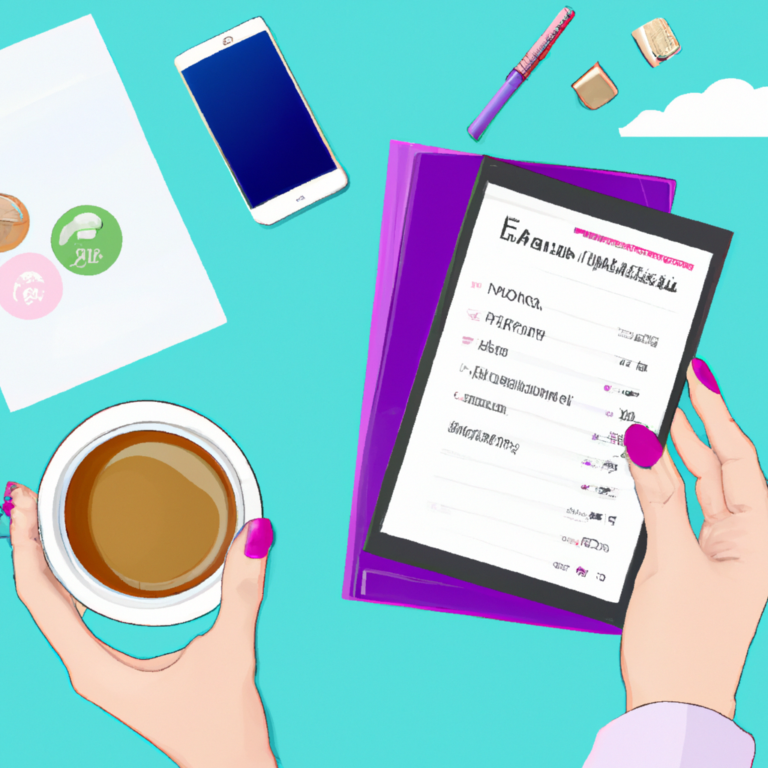












+ There are no comments
Add yours